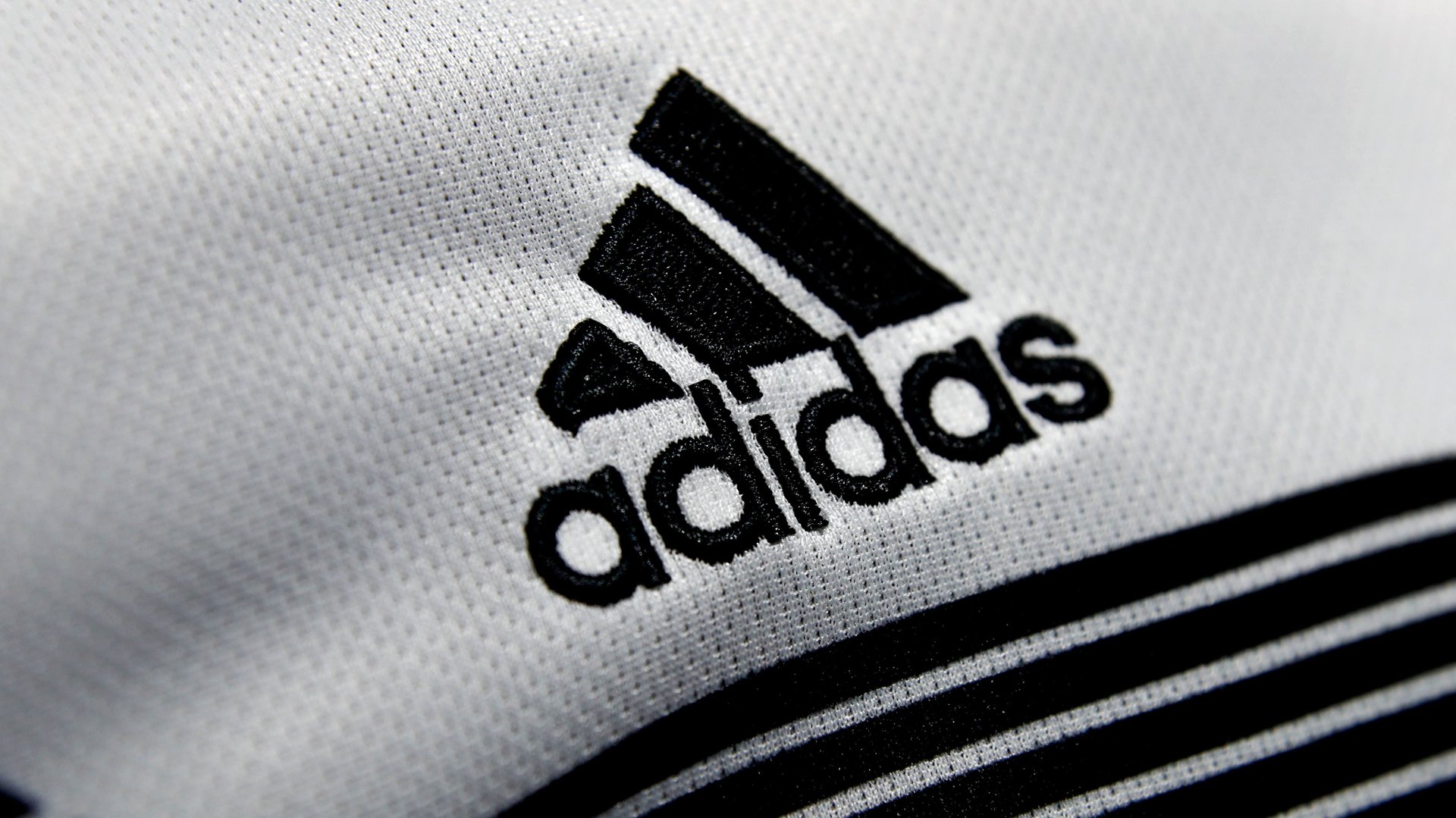Adidas is looking over its shoulder at a resurgent Nike
The next few months won’t go as well as Adidas planned.


The next few months won’t go as well as Adidas planned.
The German label acknowledged as much when it reported its latest quarterly earnings today. For the first half of this year, Adidas won’t be able to supply as many products as people want to buy, costing it between €200 million and €400 million ($225 million and $450 million) in lost sales. The constraint is mostly in clothing, and mostly in North America, a market it has used as a springboard to grab share from its biggest rival, Nike. Adidas simply didn’t anticipate how much demand there would be for its gear, which isn’t the worst problem to have.
Still, Adidas is giving up ground it didn’t have to. And Nike, after a few tough years on its home field, is in the midst of a resurgence.
Nike remains the much bigger company, although Adidas has grown faster in North America for several years. This gap has narrowed recently, as Adidas’s growth moderated from its once-blistering pace (paywall). For some time the German brand has been deliberately releasing fewer of its Stan Smith and Superstar sneakers—the classic styles that fueled its growth spurt—shrinking its worldwide revenue on those lines by about $500 million as a result. Other models it introduced recently didn’t take off as hoped.
In the fourth quarter of last year, Adidas generated 10.4% sales growth in North America. When Nike last reported earnings, in December (pdf), its North American sales grew by 8.5% in the three months to November—the fastest pace in years—mostly on the strength of new sneakers, such as the Air Max 270. Nike reports its latest quarterly earnings next week.
“There’s no doubt that the bigger competitor has come back,” Adidas CEO Kasper Rorsted said on a call with investors.
He cautioned that it’s wrong to frame everything in relation to Nike. The sports market is large, and Adidas can still grow and take market share even if Nike is thriving. He said Adidas is outperforming an American company based on the east coast—which is to say, Under Armour.
Nike is the biggest competition, though, and it is doing better in Adidas’s home market of Europe. Adidas’s European sales, which represent roughly a third of its business, fell by about 6% in the latest quarter. Nike, on the other hand, recorded growth of 8% in its most recent quarter in Europe, the Middle East, and Africa, which it reports together.
Adidas still has a lot of momentum for products such as the Ultraboost 19 and its Yeezy line with Kanye West, which it has been scaling up. But as its toughest competitor gains strength, it has less room for missteps.